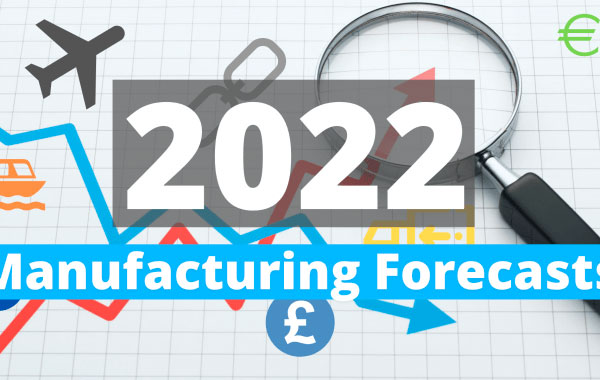Many predicated optimism and signs of improvement throughout 2022 for the manufacturing sector. Unfortunately, they are wrong as the chip industry is in a constant struggle due to the high global demand for electronics troubled by a number of supply chain disruptions with no signs of relief.
Looking back at the challenges manufacturers had to face in 2021 caused by the pandemic and other supply chain issues. It was a tough year however, a year that also presented several opportunities for businesses to learn and adapt to unexpected circumstances. This included the ability to manage the shift in security infrastructure required for remote work.
Find out what’s in store for the remainder of the year. Here are top 3 predictions for the electronic manufacturing sector in 2022.
Continued Supply Chain Issues
The whole of 2021 was about shortages and the disruptions caused by the global pandemic. From vaccine shortages at the beginning of the year replaced then by fears that we would struggle to purchase cars, electronics and even groceries. For the majority of 2021 the supermarket aisles, fuel stations and car rooms were more emptier than usual.
This was caused due to the sudden changes in the demand. The effect magnifies with each tier of the supply chain as every supplier ads additional orders to stay on the safe side and avoid shortages. The shift to remote working and online teaching suddenly caused a spike in the demand for consumer electronics such as new computers, screens and other electrical equipment.
With the global demand currently outpacing the supply, combined with the growing raw material costs means that high lead times will continue well into 2022.
Industry 4.0 Investments
The disruptions caused by the Covid-19 pandemic and its subsequent effects have permanently changed the course of how many markets and industries now operate. It has forced many businesses to eliminate manual processes wherever possible, for both faster results and less reliance on skilled workforce.
As the industry continues to evolve, a number of trends are combining to transform manufacturing. These trends can be referred to as “Industry 4.0”.
Top trends contributing to Industry 4.0 in 2022 are:
Industrial Internet of Things (IIoT)
Connecting interconnected devices in manufacturing and industrial settings to collect, store and use data to enhance the manufacturing process.
5G & edge computing
The fifth generation of mobile data network technology (5G) will allow manufacturers connect their IIoT technology with ease. Manufacturers will be able to create private 5G networks on their premises which will give them extremely fast speeds without the need for any external cables and much improved overall data security.
AI, Automation and dark factories
Machine nowadays are capable of carrying out tasks that were previously reserved for humans only. Computers are taking over our world and can now perform more and more manufacturing tasks.
Automation can bring huge advantages to manufacturers, including great accuracy, higher productivity and lower expenditures. In recent years we have been introduced to entirely automated factories, also called dark factories – these are fully automated sites where machines operate 24/7 without direct human interventions on site.
Prince Increase
Throughout the whole of 2021, raw material, component and freight prices have dramatically increased. Everyone was worried and wanted to find out what has caused the extreme surges. There are many causes responsible for the global price increase including higher demand for consumer electronics and increased freight costs caused by the ongoing global pandemic and Brexit. Combined with raw material shortages and recent power outages across China. Prices increases are predicted until at least Q4. 2022.
Conclusion
Over the last two years the manufacturing industry has dramatically suffered. Everyone is blaming Covid-19 for the supply chain crisis, however, the pandemic only weakened pre-existing supply chain issues. Throughout 2022 and beyond manufacturers will attempt to address the supply chain faults and attempt to fix it for the future.
Many predicated optimism and signs of improvement throughout 2022 for the manufacturing sector. Unfortunately, they are wrong as the chip industry is in a constant struggle due to the high global demand for electronics troubled by a number of supply chain disruptions with no signs of relief.
Looking back at the challenges manufacturers had to face in 2021 caused by the pandemic and other supply chain issues. It was a tough year however, a year that also presented several opportunities for businesses to learn and adapt to unexpected circumstances. This included the ability to manage the shift in security infrastructure required for remote work.
Find out what’s in store for the remainder of the year. Here are top 3 predictions for the electronic manufacturing sector in 2022.

